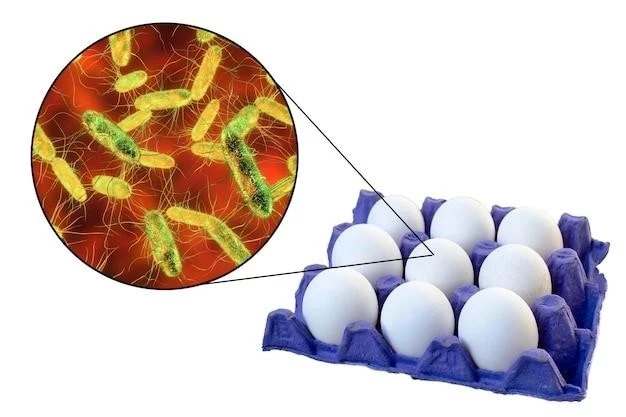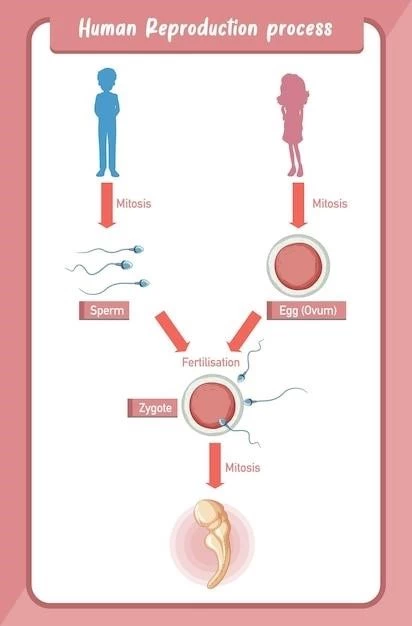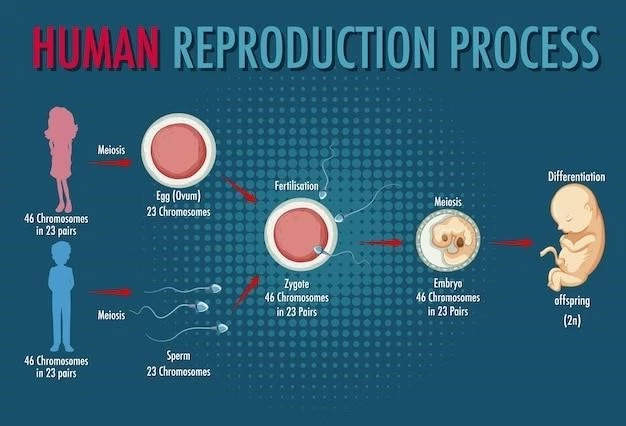Introduction
SPG11 mutation-related autosomal recessive hereditary spastic paraplegia with thin corpus callosum (HSP-TCC) is a common cause of early-onset mental retardation followed by progressive spastic paraplegias.
SPG11 mutation-related HSP-TCC is a common cause of early-onset mental retardation followed by progressive spastic paraplegias. This autosomal recessive condition is characterized by neurological manifestations such as thin corpus callosum‚ muscle stiffness‚ and cognitive decline. Understanding the genetic basis and clinical presentation of HSP-TCC is crucial for accurate diagnosis and management strategies.

Background Information
SPG11 mutation-related autosomal recessive hereditary spastic paraplegia with thin corpus callosum (HSP-TCC) is a common cause in complicated forms of HSP‚ typically presenting mental retardation and spastic paraplegias in childhood.
Understanding the genetic basis of HSP-TCC
SPG11 mutation-related HSP-TCC is an autosomal recessive disorder involving a genetic abnormality that leads to the deterioration of long nerves in the spine‚ causing progressive spastic paraplegias and mental retardation. The faulty SPG11 gene plays a critical role in the pathophysiology of this condition‚ impacting nerve function and cognitive decline.
Clinical presentation of SPG11 mutation-related HSP-TCC
SPG11 mutation-related HSP-TCC commonly presents with early-onset mental retardation followed by progressive spastic paraplegias. Neurological manifestations include thin corpus callosum‚ muscle stiffness‚ and cognitive decline‚ with some cases showing late-onset symptoms and sporadic presentation.
Clinical Features
Individuals with thin corpus callosum and mental retardation commonly present a combination of symptoms‚ including spastic paraplegias‚ muscle stiffness‚ cognitive decline‚ and neurological manifestations.
Characteristics of individuals with thin corpus callosum and mental retardation
Individuals with thin corpus callosum and mental retardation may exhibit a variety of symptoms‚ including spastic paraplegias‚ muscle stiffness‚ cognitive decline‚ and neurological manifestations. These individuals often present with early-onset mental retardation‚ followed by progressive spastic paraplegias‚ indicating the complex nature of the condition and the impact on both cognitive and motor functions.
Neurological manifestations in affected families
Families affected by SPG11 mutation-related HSP-TCC show a range of neurological manifestations‚ including thin corpus callosum‚ mental retardation‚ and spastic paraplegias. While some individuals exhibit these symptoms from early childhood‚ others may develop late-onset signs with varying family histories‚ highlighting the complex nature and diverse presentations of the condition.
Diagnosis and Differential Diagnosis
The diagnostic criteria for autosomal recessive HSP with thin corpus callosum include autosomal recessive inheritance‚ slowly progressive spastic paraparesis‚ mental impairment‚ and thinning of the corpus callosum. Differential diagnosis explores various rare neuro-metabolic diseases that present with progressive spastic paraparesis‚ including cerebro-tendinous xanthomatosis‚ adrenomyeloneuropathy‚ and hypovitaminosis.
Diagnostic criteria for autosomal recessive HSP with thin corpus callosum
The diagnostic criteria for autosomal recessive HSP with thin corpus callosum include autosomal recessive inheritance‚ slowly progressive spastic paraparesis‚ mental impairment‚ and thinning of the corpus callosum as observed on CT/MRI scans. Exclusion of other disorders through laboratory tests and advanced imaging techniques is essential for accurate diagnosis and differential diagnosis.
Differential diagnosis of progressive spastic paraparesis
The differential diagnosis of progressive spastic paraparesis in young adults includes rare neuro-metabolic diseases like cerebro-tendinous xanthomatosis‚ adrenomyeloneuropathy‚ and hypovitaminosis. These conditions present with similar symptoms of progressive spasticity and motor dysfunction‚ necessitating thorough evaluation to distinguish the underlying cause accurately.
Current approaches to managing SPG11-related HSP-TCC involve supportive therapies to address spasticity‚ cognitive decline‚ and associated symptoms. Therapeutic strategies may include physical therapy‚ medications to manage muscle stiffness‚ and cognitive interventions to support mental function.
Management and Treatment
Current approaches to managing SPG11-related HSP-TCC involve supportive therapies to address spasticity‚ cognitive decline‚ and associated symptoms. Therapeutic strategies may include physical therapy‚ medications to manage muscle stiffness‚ and cognitive interventions to support mental function.
Therapeutic strategies for addressing spasticity and cognitive decline
Therapeutic strategies for managing spasticity and cognitive decline in SPG11-related HSP-TCC may involve physical therapy to improve mobility‚ medications targeting muscle stiffness‚ and cognitive interventions to support mental function. Additionally‚ multidisciplinary approaches incorporating speech therapy and assistive devices can help enhance the quality of life for affected individuals.
Research and Advances
Recent developments in understanding the pathophysiology of hereditary spastic paraplegia (HSP) have shed light on the genetic complexities underlying conditions like SPG11-related HSP-TCC. Exploration of potential gene therapies aims to address the underlying genetic abnormalities and provide targeted treatments for affected individuals.
Recent developments in understanding the pathophysiology of hereditary spastic paraplegia
Recent studies have highlighted the genetic complexities underlying conditions like SPG11-related HSP-TCC‚ shedding light on the intricacies of genetic abnormalities impacting nerve function and cognitive decline. Explorations into potential gene therapies aim to address these underlying causes and provide targeted treatments for affected individuals.
Exploring potential gene therapies for ARHSP-TCC
Research efforts are focusing on exploring potential gene therapies for Autosomal Recessive Hereditary Spastic Paraplegia with Thin Corpus Callosum (ARHSP-TCC). The aim is to target the genetic abnormalities associated with SPG11 mutations to develop innovative treatment strategies for this complex condition.

Prognosis and Complications
Individuals with SPG11-related HSP-TCC face a challenging long-term outlook characterized by progressive spastic paraplegias‚ cognitive decline‚ and potential complications associated with thin corpus callosum and mental retardation. Understanding the prognosis is crucial for developing comprehensive management strategies to enhance the quality of life for affected individuals.
Long-term outlook for individuals with SPG11 mutation-related HSP-TCC
Individuals with SPG11 mutation-related HSP-TCC face a challenging long-term outlook characterized by progressive spastic paraplegias‚ cognitive decline‚ and potential complications associated with thin corpus callosum and mental retardation. Understanding the prognosis is crucial for developing comprehensive management strategies to enhance the quality of life for affected individuals. Research on potential gene therapies holds promise for addressing the underlying genetic abnormalities and providing targeted treatments for improved outcomes.
Potential complications associated with thin corpus callosum and mental retardation
Potential complications associated with thin corpus callosum and mental retardation in individuals with SPG11 mutation-related HSP-TCC include progressive spastic paraplegias‚ cognitive decline‚ motor dysfunction‚ and neurological manifestations. These complications can significantly impact the quality of life and require comprehensive management strategies to address the complex nature of the condition.
In conclusion‚ individuals with SPG11-related HSP-TCC face a challenging long-term outlook characterized by progressive spastic paraplegias‚ cognitive decline‚ and potential complications associated with thin corpus callosum and mental retardation. Understanding the prognosis is crucial for developing comprehensive management strategies. Exciting research on potential gene therapies offers hope for improved outcomes in individuals affected by this complex condition.
Summary of key points regarding SPG11 mutation-related HSP-TCC
SPG11 mutation-related HSP-TCC is a complex disorder characterized by early-onset mental retardation‚ progressive spastic paraplegias‚ and neurological manifestations such as thin corpus callosum. The autosomal recessive inheritance pattern‚ slowly progressive nature‚ and potential complications underscore the importance of accurate diagnosis and comprehensive management strategies for affected individuals.
